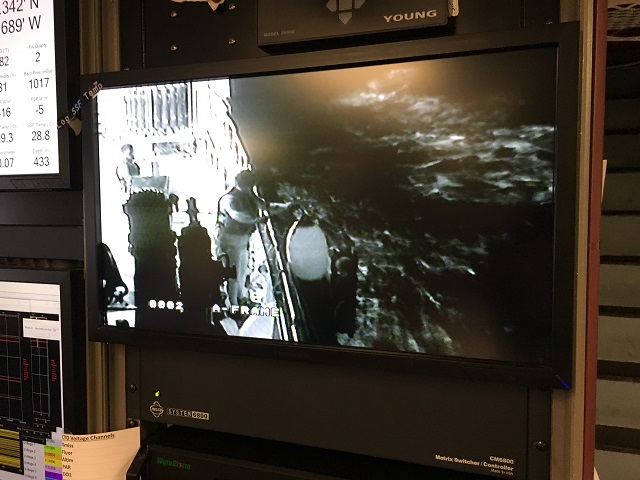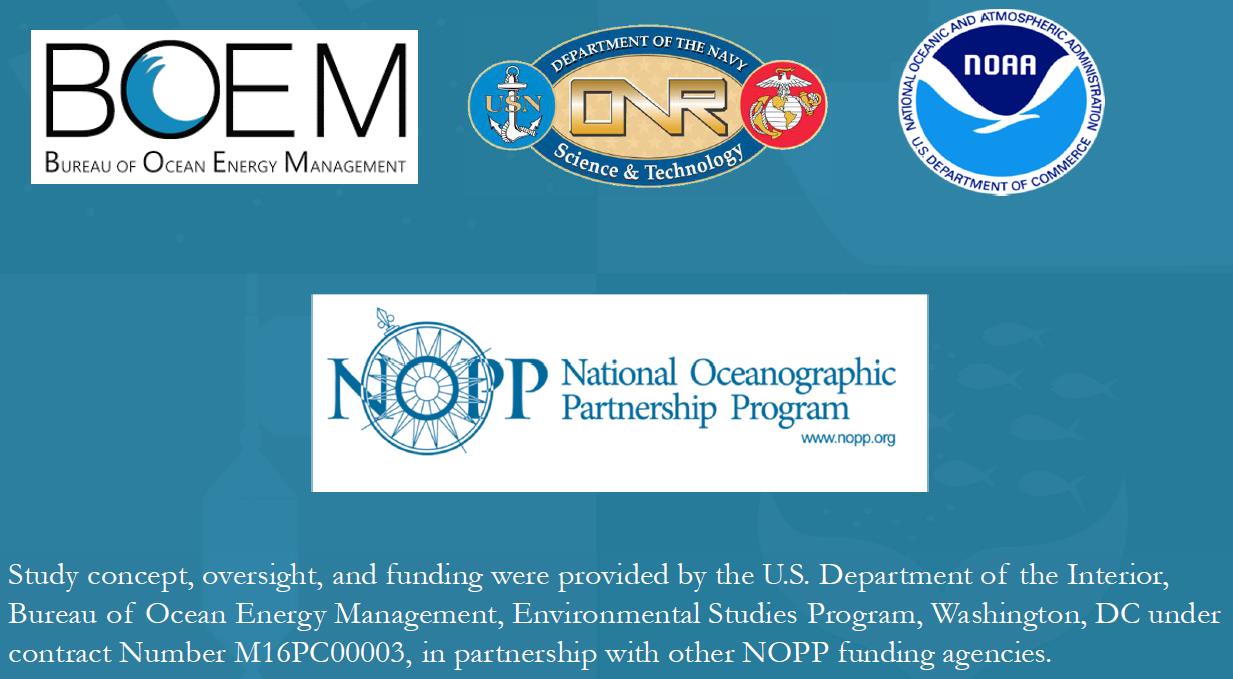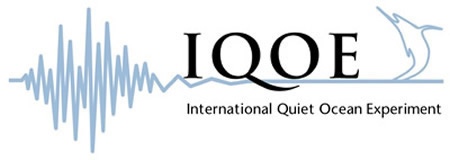Hello from the R/V Endeavor! Its day 7 of our trip and the week has flown by. The last time I blogged was our first day leaving Puerto Rico, and now we’re on station at CHB (Charleston Bump) off the coast of South Carolina. Now fully acclimated to our night shift schedule, we work from 8pm to 8am doing everything from net tows with an IKMT horizontal net, vertical tows with a bongo net, sorting, animal identification, and even help out the day crew with lander retrieval when needed (when the sun comes up). Going to bed after breakfast and waking up around dinner time might sound hard, but when we’re this busy during the night it gets easy to switch your schedule to be nocturnal.
Some of the instruments we use at night require a lot of help to move and set up, like the IKMT net. To make sure everyone is safe, and all the correct information is being recorded, we switch shifts every two hours. We have someone recording data on a clip board to make sure we have our data recorded in real time; we have someone who helps putting the nets into the water safely; and we have someone logging everything as well. The clip boarder and logger help each other out for things like lat/long, water depth, and current. Other than knowing where we are sampling, it is important to know what the water column looks like before putting the equipment in there. If the current is very strong, we have to watch out for our nets and transducers, and we never want to hit the bottom with our nets. As a logger we get to watch the camera on the back deck to see things like the pole mount, which houses the transducers for the echosounders, and when it goes in and out of the water.

Everyone, on night and day crew, has an important part to play in our scientific journey. Kind of like if the R/V Endeavor was the Magic School Bus and Joe was Ms. Frizzle, we are all the students. It’s been great to be able to learn how to work different jobs to help out on all ends of the scientific spectrum.
Cassie Fries


